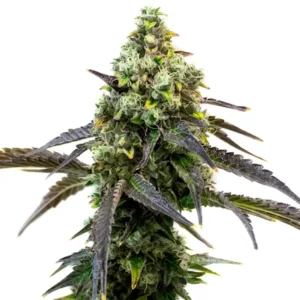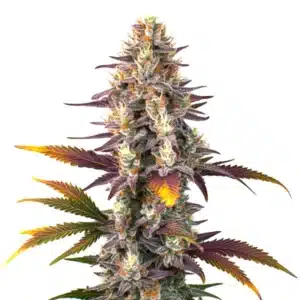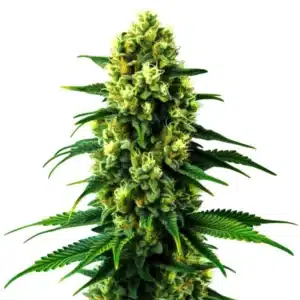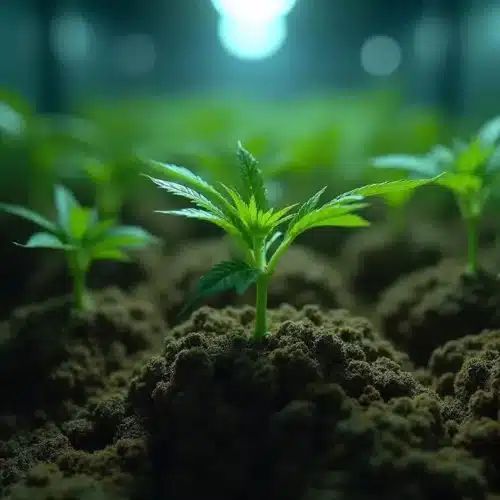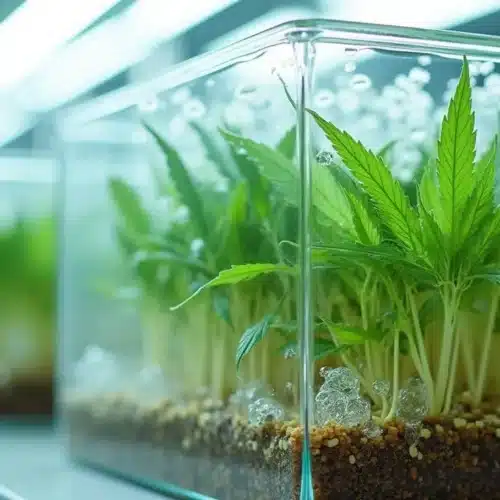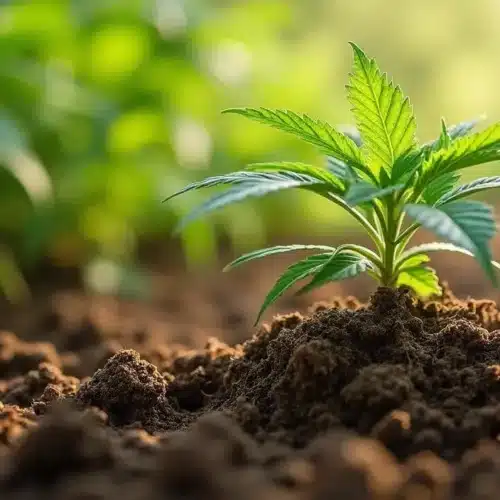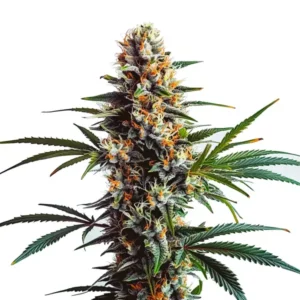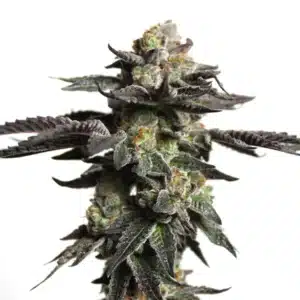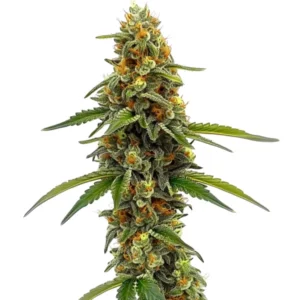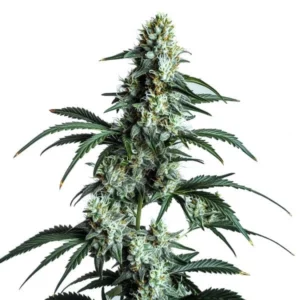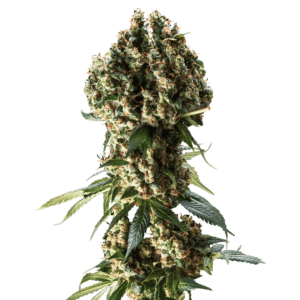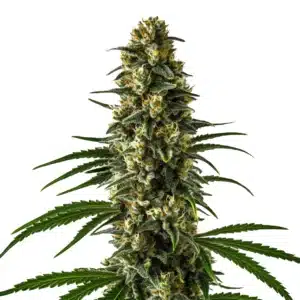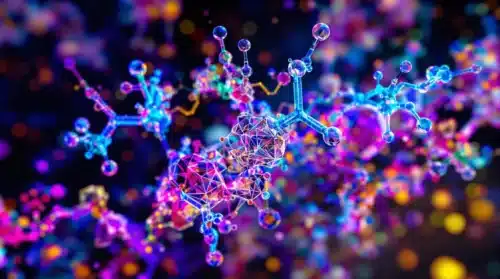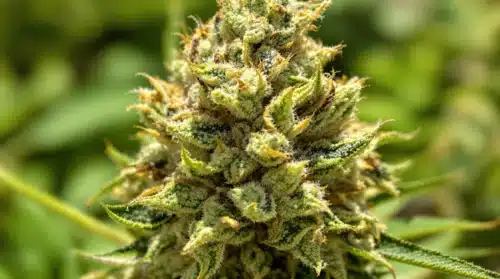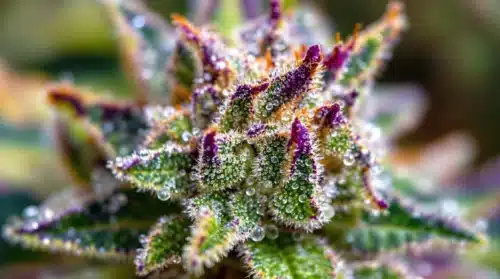The cannabis plant is a treasure trove of fascinating compounds, and THCP (tetrahydrocannabiphorol) is one of the most remarkable discoveries in recent years. As research progresses, many are curious about how THCP is made and how it can be obtained. Below, we delve into the processes involved in producing THCP, its unique properties, and its potential applications in the cannabis industry.
What is THCP?
THCP is a cannabinoid found in the cannabis plant, similar in structure to THC but with subtle differences that make it significantly more potent. This cannabinoid was first identified in 2019, marking a significant advancement in our knowledge of cannabis chemistry. Its high affinity for the CB1 receptors in the human body makes it 33 times stronger than THC in binding capacity. However, this doesn’t necessarily translate to being 33 times more psychoactive. Instead, it means that THCP interacts with the body in a highly efficient way, making even small doses impactful.
The THCP structure, particularly its seven-carbon alkyl chain, is responsible for its enhanced binding efficiency. This structural difference gives it a stronger and longer-lasting effect compared to traditional THC. Scientists believe that the discovery of THCP may pave the way for identifying even more potent cannabinoids in cannabis.
While it has been hailed for its potential, THCP is still largely understudied. Researchers are exploring its full range of effects, including potential therapeutic applications and safety profiles. This makes it an exciting subject for cannabis science but also one that requires caution when used.
Promos & Deals
Naturally Occurring THCP vs. Synthetic Production
Cannabis plants naturally produce THCP, but only in minute quantities. Because the levels are so low, obtaining significant amounts directly from the plant is impractical. This has led researchers and manufacturers to develop alternative methods for producing THCP in larger quantities.
- Natural Extraction: THCP can be extracted from cannabis plants through advanced laboratory techniques. These methods isolate the compound from other cannabinoids, though the yields are often quite small. High-CBD or THC strains are typically used to increase the likelihood of extracting trace THCP, but this method remains resource-intensive.
- Synthetic Production: Using chemical processes, scientists can create THCP in a lab setting. This method allows for greater consistency and scalability, making it the preferred approach for commercial purposes. Synthetic production also enables better control over purity and potency, ensuring the end product meets regulatory and consumer standards.
Natural extraction is often favored for its organic appeal, but the low yields make it impractical for large-scale production. Synthetic production, while more industrial, offers consistency and affordability. Both approaches are critical to meeting the growing demand for THCP in the market.
The Biosynthesis of THCP in Cannabis
THCP biosynthesis begins within the cannabis plant itself. Like other cannabinoids, it originates from cannabigerol acid (CBGA), often referred to as the “mother cannabinoid.” Enzymes within the plant convert CBGA into tetrahydrocannabiphorolic acid (THCPA). When exposed to heat or light, THCPA undergoes decarboxylation, resulting in the formation of THCP.
The natural process of biosynthesis is slow and influenced by genetic factors within the cannabis plant. Some strains may naturally produce higher THCP concentrations due to genetic variability, but these occurrences are rare. Breeding programs may eventually target strains that optimize THCP biosynthesis.
For researchers, understanding biosynthesis at the molecular level is essential. By mapping the enzymatic pathways that lead to THCP production, scientists can potentially enhance the natural creation of this potent cannabinoid in the future.
How is THCP Made in a Laboratory?
Producing THCP in a lab requires sophisticated techniques and equipment. For those wondering how to make THCP, below are the key steps involved:

Step 1: Cannabinoid Isolation
The process begins by extracting cannabinoids from the cannabis plant. High-quality strains rich in THC or CBD are typically chosen for their abundance of precursor molecules. These cannabinoids serve as the foundation for THCP synthesis.
This step ensures that only the most relevant cannabinoids are retained while removing unnecessary plant materials like chlorophyll and waxes. This stage is critical for maintaining the purity of the final product. Precision in extraction also determines how efficiently other cannabinoids, such as THC or CBD, are transformed into THCP.
The isolation process may involve solvents like ethanol or CO2 extraction, depending on the manufacturer’s methods. Each approach has its benefits, but all focus on preserving the cannabinoids’ chemical integrity.
Step 2: Chemical Conversion
Once cannabinoids are isolated, scientists use chemical reactions to modify their structures. For THCP, this involves extending the alkyl side chain on the cannabinoid molecule. THCP is unique because its side chain contains seven carbon atoms instead of the five found in THC, which contributes to its enhanced potency.
Chemical conversion often requires precision to avoid unintended byproducts. Sophisticated techniques such as catalysts are employed to target specific molecular changes without disrupting the compound’s stability. The goal is to replicate the natural configuration of THCP as closely as possible.
This step is where science and art merge, as even minor deviations in the process can alter the cannabinoid’s effectiveness. As the cannabis industry advances, innovations in chemical synthesis continue to refine this process.
Step 3: Purification
After the chemical conversion, the resulting THCP must be purified. This step ensures that the final product is free from contaminants and other unwanted substances. Techniques such as chromatography are employed to separate THCP from other compounds.
Chromatography is especially effective in isolating cannabinoids at high purity levels. This technique works by exploiting the molecular weight and polarity differences between THCP and other substances. The result is a cleaner and more potent THCP product.
Purification is not just about safety but also about meeting consumer expectations. A high-purity product guarantees consistency in dosing, making it an essential step in THCP production.
Step 4: Testing and Quality Control
The final step involves rigorous testing to confirm the identity and purity of the THCP. Analytical tools like mass spectrometry and nuclear magnetic resonance (NMR) spectroscopy are used to verify the compound’s structure and composition.
Testing also evaluates potency and ensures that the product meets legal THC limits if derived from hemp. These checks are vital for consumer safety and compliance with regulatory frameworks. Without thorough quality control, THCP products risk contamination or mislabeling.
Legal Considerations Surrounding THCP
Before obtaining or using THCP, it’s essential to consider the legal status of this cannabinoid. As a newly identified compound, THCP exists in a legal gray area in many jurisdictions. In the United States, for example, its legality may depend on how it is sourced and whether it is derived from hemp (legal under the 2018 Farm Bill) or marijuana (subject to state-specific regulations).
Consumers should be cautious when purchasing THCP, as not all products adhere to the same standards. Legal compliance often hinges on transparency, with reputable companies providing lab results and sourcing details. This ensures both legality and safety for end-users.
The regulatory landscape for cannabinoids is evolving. As more research emerges, THCP may see changes in its legal classification, emphasizing the need for consumers to stay informed.
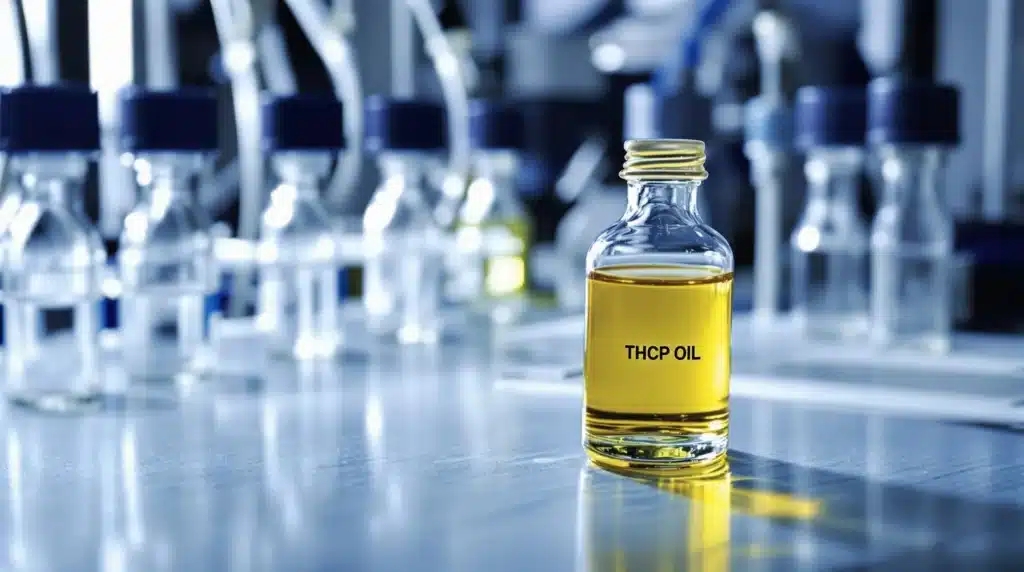
Potential Applications of THCP
Therapeutic Benefits
Research into THCP is still in its infancy, but preliminary studies suggest it could offer significant therapeutic potential. Its strong binding affinity for CB1 receptors implies it may provide relief from pain, inflammation, and other conditions more effectively than THC.
Given its potency, THCP may be especially beneficial for individuals requiring higher doses of cannabinoids. For instance, patients with chronic pain or severe nausea may find THCP more effective than traditional THC products. Early anecdotal evidence also suggests that it could help with sleep disorders and anxiety.
As studies continue, the therapeutic applications of THCP may broaden, potentially rivaling those of other cannabinoids like CBD and THC. However, clinical trials are necessary to validate these benefits.
Recreational Use
For recreational users, THCP’s heightened potency offers a unique experience. However, caution is advised due to its strength. Users should start with minimal doses to avoid overwhelming effects.
This cannabinoid’s intense effects make it appealing to experienced users seeking a novel sensation. However, its strength also underscores the importance of responsible consumption. Misuse could lead to adverse reactions, particularly for those unaccustomed to potent cannabinoids.
Its recreational appeal lies in its ability to provide profound effects with minimal consumption, making it both economical and impactful. However, moderation remains key.
Medical Research
THCP’s discovery has opened new avenues for medical research. Scientists are exploring how it interacts with the endocannabinoid system and whether it could lead to novel treatments for various conditions.
Research priorities include understanding THCP’s long-term effects and its interactions with other cannabinoids. By unlocking these mysteries, THCP may prove to be a cornerstone in future cannabis-based therapies.
FAQs About THCP
What Makes THCP Different from THC?
THCP has a longer alkyl side chain with seven carbon atoms compared to THC’s five. This structural difference enhances its ability to bind to CB1 receptors, resulting in increased potency. While THC produces its effects at moderate doses, even small amounts of THCP can trigger noticeable reactions.
The increased binding affinity also means THCP may produce more pronounced therapeutic benefits. This distinction positions THCP as a potential game-changer in both recreational and medicinal cannabis use.
Is THCP Safe to Use?
While research is ongoing, initial findings suggest that THCP is safe when used responsibly. Due to its potency, users should start with small doses and consult a healthcare professional if necessary. Overconsumption could lead to heightened side effects such as dizziness or anxiety.
As with any cannabinoid, individual tolerance levels vary. Understanding one’s limits and starting with small doses can help ensure a safe and enjoyable experience.
Can THCP Be Found Naturally in Cannabis?
Yes, but only in trace amounts. Most THCP on the market is produced synthetically in laboratories to achieve higher yields. While natural sources exist, their scarcity makes synthetic production the more viable option for commercial purposes.
Efforts are underway to develop cannabis strains with higher natural THCP levels. This could revolutionize production methods and provide an organic alternative for consumers.
How Is THCP Legal?
THCP’s legality depends on its source and local regulations. If derived from hemp and containing less than 0.3% Delta-9 THC, it may be legal in some areas under the 2018 Farm Bill. However, laws vary widely, and consumers should research their local legislation.
Purchasing THCP from reputable sources ensures compliance with both local and federal guidelines. This minimizes the risk of legal issues while guaranteeing a safer product.

